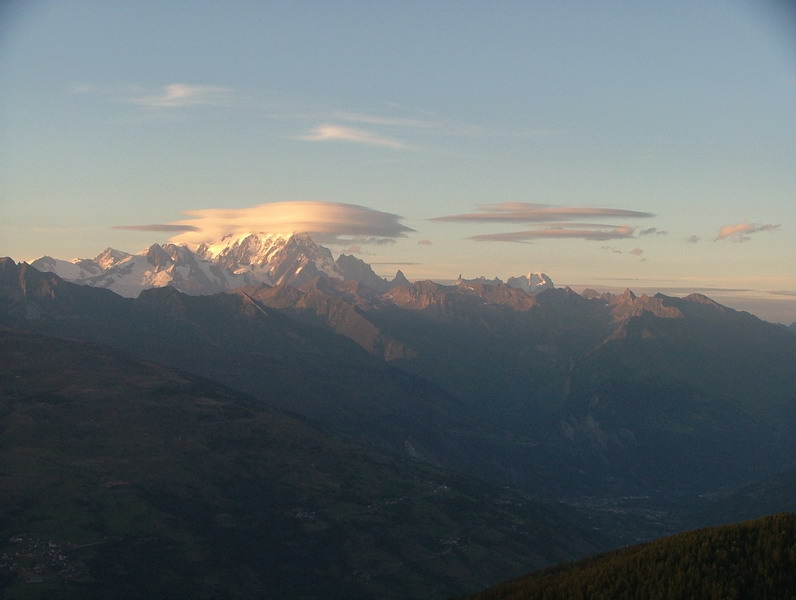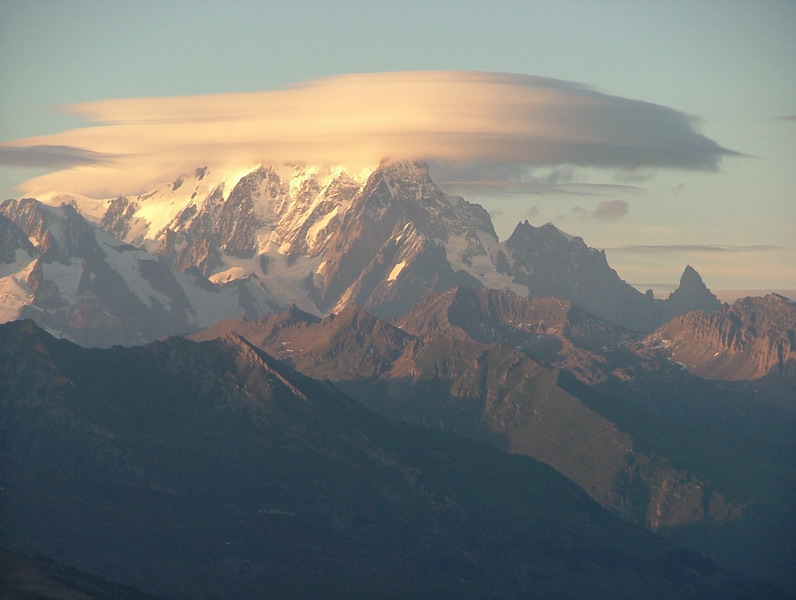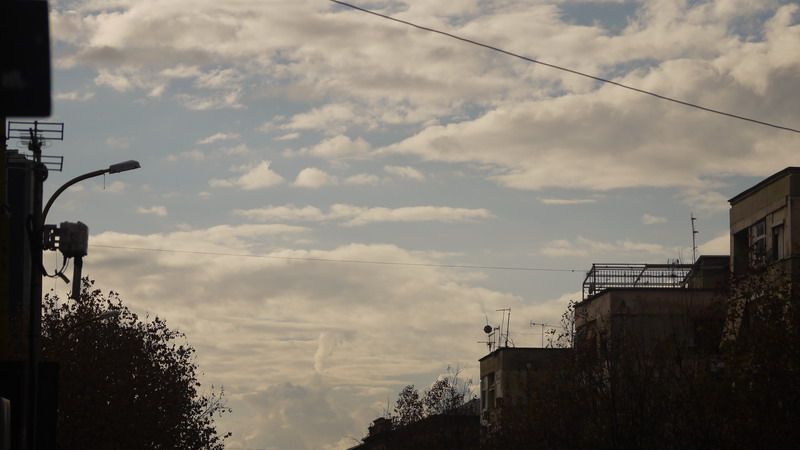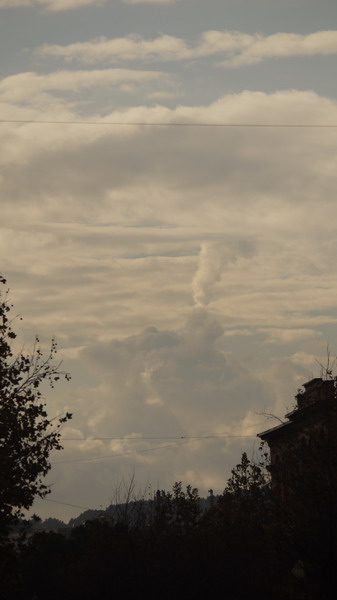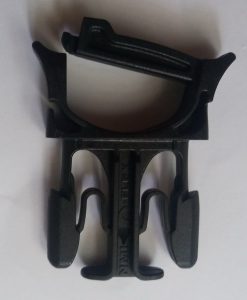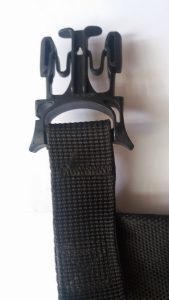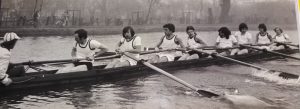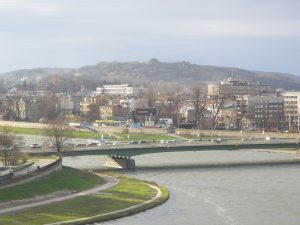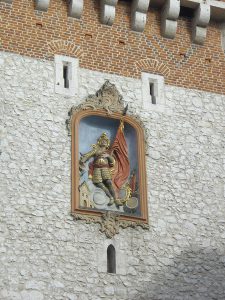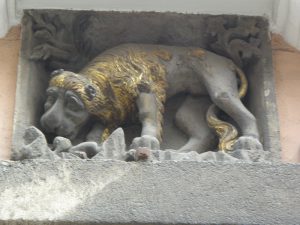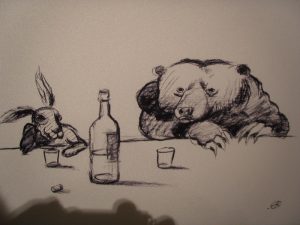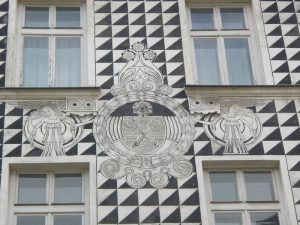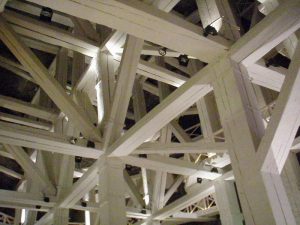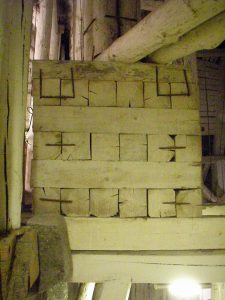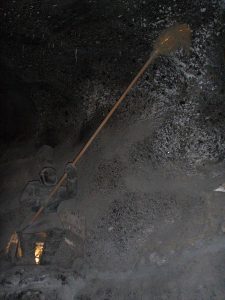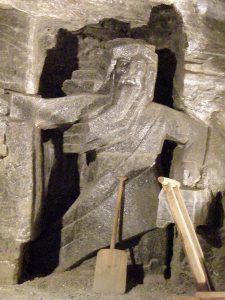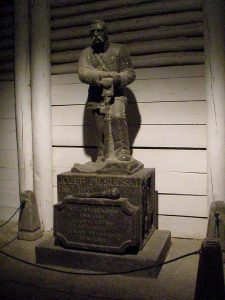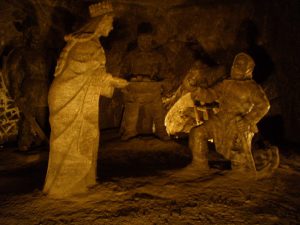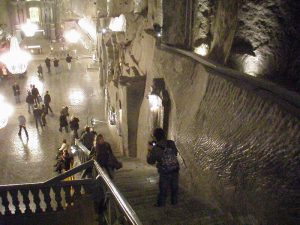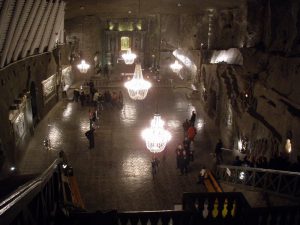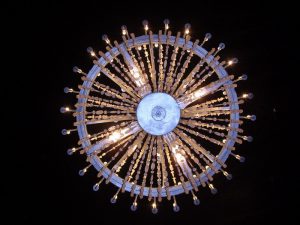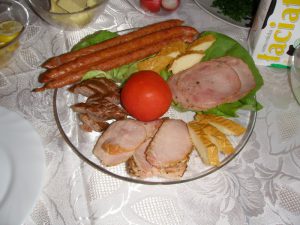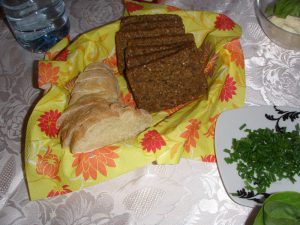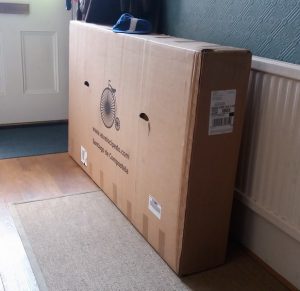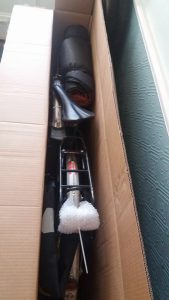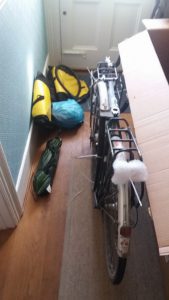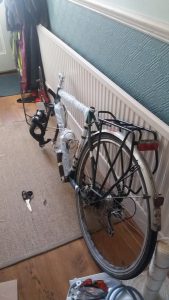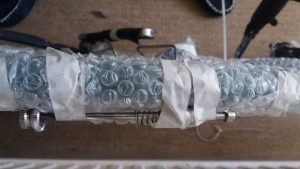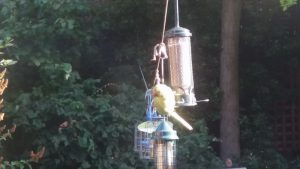Created 3/5/17
Well, it’s been a long time since I last posted anything here. Somehow, my life has been very busy and I’ve felt a bit persecuted by some big lumps of work analysing CORE data other people have made available to me. I’ve felt the pressure to get results to them and haven’t squeezed writing new posts here into the crowded timetable. I think there’s also something about only being able to stick my head up here when I’m in the right mood. Somehow, it’s much easier to feel in that mood when travelling, which I am again now (the Netherlands, work!) However, that’s not the subject of this post. The canaries are from last week.
It started last Wednesday, the 26th of April when I found myself putting in the London cycling miles. Early afternoon I was in Roehampton for a meeting. I got home from that and fairly soon set out again for UCL (University College London) for a “Rally for Academic Freedom” organised by SSEES, the School of Slavonic and Eastern European Studies (http://www.ucl.ac.uk/ssees/). Declaration of interest and, sadly, explanation of how I knew about the rally: SSEES runs the Russian Studies course my daughter is on, but she, daughter, is in the third year of that and in Moscow at the moment so in some ways I went on her behalf. They were hosting the rally to raise awareness of the threats to close two George Soros supported universities, one in Russia and one in Hungary.
I was glad I went but there were perhaps only 70 of us there on an unseasonably cold evening. That’s a very small number if we’re going to change things. Fortunately people in Hungary have been out protesting in their tens of thousands. Anyway, we stood in the quad at the heart of UCL, see https://en.wikipedia.org/wiki/UCL_Main_Building for some ‘photos of it in much nicer weather. There were speeches conveying well the extent to which the ostensibly disconnected attacks on the two universities were political and about shutting down places fostering free thinking and free discussion. One speaker described the farce of a recent conference in Budapest where political pressures insisted that Hungarians would only go to one part of the conference, where they would only hear carefully selected speakers who would not raise any questions Viktor Orbán’s friends would not want raised. Meanwhile a Hungarian, working at the Central European University in Budapest but with critical views, was only allowed to speak to the non-Hungarians.
So what about canaries? Well, there were small but bright placards borne by fellow frostbitten audience and a number had one on an intense pink background I think saying “Universities are the canaries of democracy” (I think that was the line). My first reaction was that canaries didn’t seem likely superheroes and I was feeling a real need for superheroes. My first association was that the word can be used to describe a political informer (“stool pigeon” is another quaint English phrase, we don’t trust these birds do we?) Then I got the reference: to the use of caged canaries in mines. When the poor old canary dropped off its perch it was time to get the hell out of the mine as the air was dangerous (usually carbon monoxide). I ought to get that reference to canaries: my paternal great-great-grandfather and great-grandfather both died in mine disasters (explosions or collapses I think, not CO poisoning) meaning that my father, and his late brother, were the first children for three generations to grow up knowing their father.
That canary idea really stuck with me. My belief that universities should be vital places that detect early changes in our world, and offer places to discuss and evaluate all that’s happening around us, is why I’ve always been on the edges of the university world (and now, part-time, employed by one!) The attacks on CEU in Budapest and on the Soros supported university in St. Petersburg (https://www.insidehighered.com/news/2017/03/30/hungary-and-russia-western-style-universities-are-under-threat) are clear and nasty, and it’s good that the EU (remember we’re still in the EU oh Brexit stool pigeons?) is coming to the defence of the CEU though how much Orbán will care who knows?
However, what struck me standing there while my toes sent alarm messages to my brain saying they wanted me to dress up more for these things in future, was sadness about universities in the UK alongside the anger about Hungary and Russia. I listened and thought that the self-censorship that one speaker commented on in Hungary in the face of Orbán’s attacks wasn’t so different from that in academia in the UK. It is different: what is happening in Hungary and the Russian Federation is driven by blatant bullying, by putting people’s jobs directly, and pretty much illegally, under threat. That’s not the situation in the UK. However, the situation here is that academics in my field will only get government funding to the types of research the government think should happen and people need that funding to keep academic jobs, so only brave, old or very angry academics raise their voices against that and many think hard before overtly criticising government. A few do raise their voices but some of them seem to me to get easily corralled and used to show how open things are, but, subtly though powerfully, also to show how marginal these people are. The same angry voices are used time and time again and often this seems to create shouting matches or Punch and Judy discourse, not real exploration and criticism.
The following evening I found myself in another academic setting. This time a modern lecture theatre in Queen Mary University London on the old London Hospital site in East London. I was there as part of MedFest (https://www.medfest2017.com/). An audience of people from the general public interested in mental health and medical students came to see, on this occasion, four short films and to listen to five of us on the panel comment and, at the end, to join a discussion under the great title “Eros and Thanatos”. The idea is to encourage medical students to think about taking up a career in psychiatry. If it puts anyone off then I think they wouldn’t have been happy in, nor good at, psychiatry though I guess we can’t know if it really works.
However, I ended the evening, cheekily grabbing the last minute or so of the discussion, to tell the story of the canaries of the mines and of democracy and the dangers in Hungary and Russia, but also to say, genuinely, that the discussion had felt in exactly that great tradition in which UK universities host things that really do feel vital. As a panel we managed to disagree a fair but I think intelligently and respectfully, and we agreed about a lot. The audience were the real stars though: interested throughout, concerned about the state of the world and how to find healthier lives, both physically and mentally, both for ourselves but also for our children and children’s children who will inherit a world we seem to be putting under continuing war and whose atmosphere, oceans and land we seem to be poisoning. We found it hard to talk about Freud’s Thanatos, his idea that humans really do have an unconscious death wish, of course we found it hard: it is hard. But it felt less fearfully fended off than even in many psychotherapy training organisations. We didn’t have answers but there was warmth and solidarity in all wrestling with the issues and not pretending that any of us will live for ever.
And yes, in case anyone thinks by clean air I’m not just talking about the vital clean air of critical, politically critical thinking and discussion but also of clean air to breath: yes, I think that’d be good too! Cycling in the wrong bits of London at the wrong times of day may not be as bad as in places in China say, but my local high street, Brixton High Street (OK, it’s a mile or so from home which stretches “local” a bit) used up it’s air pollution allowance for the year in the first week of 2017. That’s my route to pretty much all central London. Yes, let’s really get things changing and let’s keep CEU and other threatened universities alive, and let’s make UK universities and society braver to question our politicians, media controllers and, frankly, the way we all let things run.

